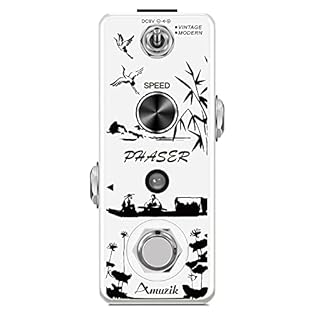Walrus Audio is an American boutique guitar effects pedal company based in Oklahoma City, known for its high-quality, innovative designs and artistic approach to pedal-making. Founded in 2011 by Brady Smith, the company quickly gained a reputation for creating pedals that offer a unique blend of rich, expressive tones and striking visual aesthetics.
Each Walrus Audio pedal is designed with meticulous attention to detail, often incorporating complex circuitry that allows for a wide range of sonic possibilities.
The pedals feature distinctive, hand-drawn artwork on their enclosures, making them visually appealing as well. Walrus Audio’s product lineup includes a variety of effects such as reverb, delay, overdrive, modulation, and more, and their pedals are widely appreciated by musicians for their creativity, durability, and superior sound quality.
Just Pedal Ingredients.
Analog — Analog pedals use real electrical components like transistors, diodes, and capacitors to shape your sound in a natural, organic way. They respond to your playing with warmth and character, often adding a touch of unpredictability that feels alive. Think of analog tone like cooking over an open flame — rich, dynamic, and full of subtle flavour that digital precision can’t quite replicate.. Audio. FX. Pedal — Your pedal is like a signature dish for your sound — a flavour-packed creation that transforms the bland ingredients of your guitar into something unforgettable. Each one adds its own seasoning, texture, and heat, turning a simple meal into a feast of tone.
These tasty little boxes sit in a row, like plates on a buffet, letting you mix and match flavours as you play. With one tap of your foot, you can swap sweet for spicy, subtle for smoky, and serve up something completely new. From the comfort food of warm overdrive to the fiery kick of fuzz, from smooth jazz sauce to heavy-metal spice, pedals give players a full menu of options to express their taste. And just like with food — once you’ve tried one dish, you’ll want to sample them all.
Collecting, trading, and discovering new flavours soon becomes part of the joy of being a tone-loving gourmet geek with a guitar.. Phaser — A phaser is a type of guitar effects pedal that creates a swirling, sweeping sound by modulating the phase of the audio signal. It works by splitting the incoming signal into two paths, shifting the phase of one path, and then recombining them. This creates peaks and troughs in the frequency spectrum, resulting in a distinctive, “phasing” effect characterized by moving notches in the frequency response.
Here’s how a phaser pedal typically works and some common features:
1. **Rate**: The rate control adjusts the speed at which the phase-shifting effect oscillates. Increasing the rate produces faster modulation, creating a more pronounced swirling effect, while decreasing the rate slows down the modulation for a smoother, more subtle effect.
2. **Depth**: The depth control adjusts the intensity or depth of the phase-shifting effect. Higher depth settings result in more pronounced peaks and troughs in the frequency response, while lower settings produce a more subtle modulation.
3. **Feedback (or Regeneration)**: Some phaser pedals feature a feedback control that determines the amount of modulated signal fed back into the effect. Increasing the feedback creates more pronounced peaks and troughs in the frequency spectrum, resulting in a more intense and resonant phasing effect.
4. **Stages**: Phasers typically have multiple stages (usually four, six, or eight), each of which contributes to the overall phase-shifting effect. More stages generally result in a more complex and textured phasing sound.
5. **Sweep (or Manual)**: The sweep control adjusts the center frequency of the phase-shifting effect. This allows you to focus the phasing effect on specific frequency ranges, altering the tonal character of the modulation.
6. **Resonance (or Feedback)**: Some phaser pedals feature a resonance control that emphasizes the peaks and troughs in the frequency response, creating a more pronounced and resonant effect. This control can add richness and depth to the phasing sound.
Phaser pedals are commonly used in various music genres, including rock, funk, and psychedelic music, to add movement, depth, and texture to guitar tones. They can be used to create swirling, swirling effects on rhythm parts, add dynamics to lead lines, or create atmospheric textures for ambient music. Overall, phaser pedals offer guitarists a versatile tool for shaping their tone and adding expressive modulation effects to their playing.. Walrus.

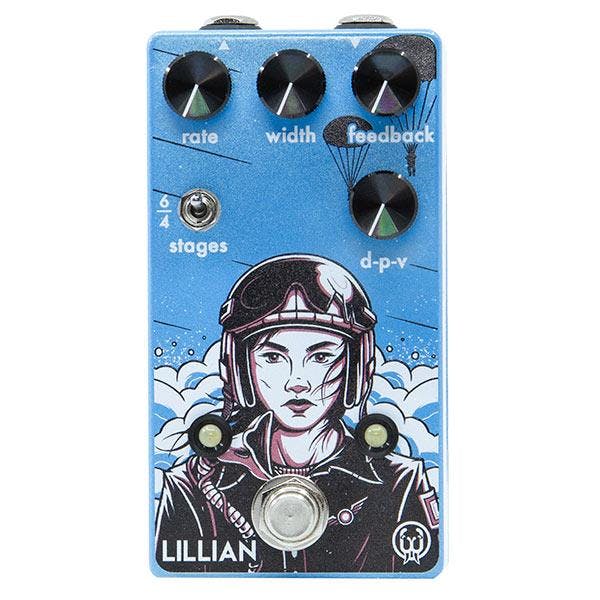
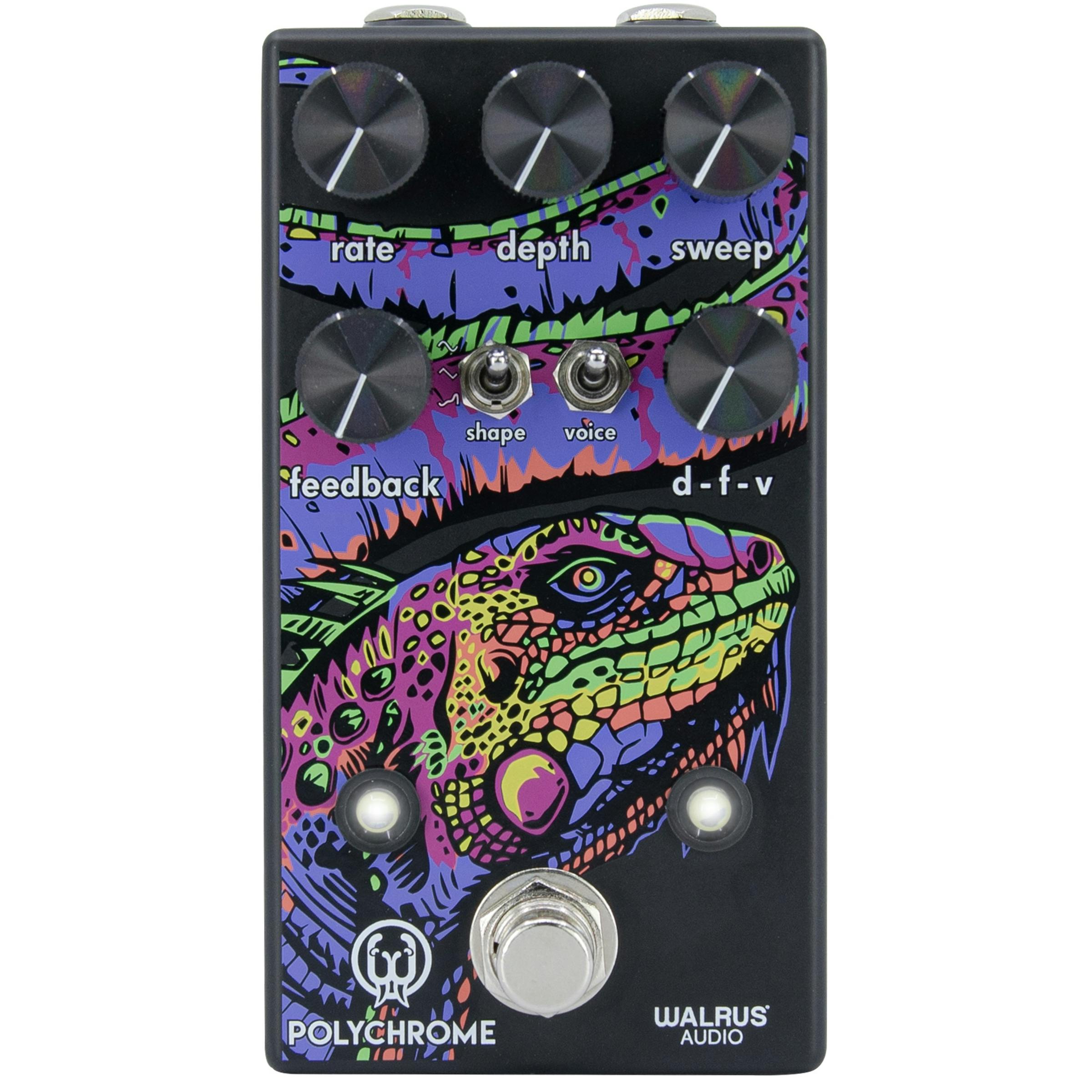
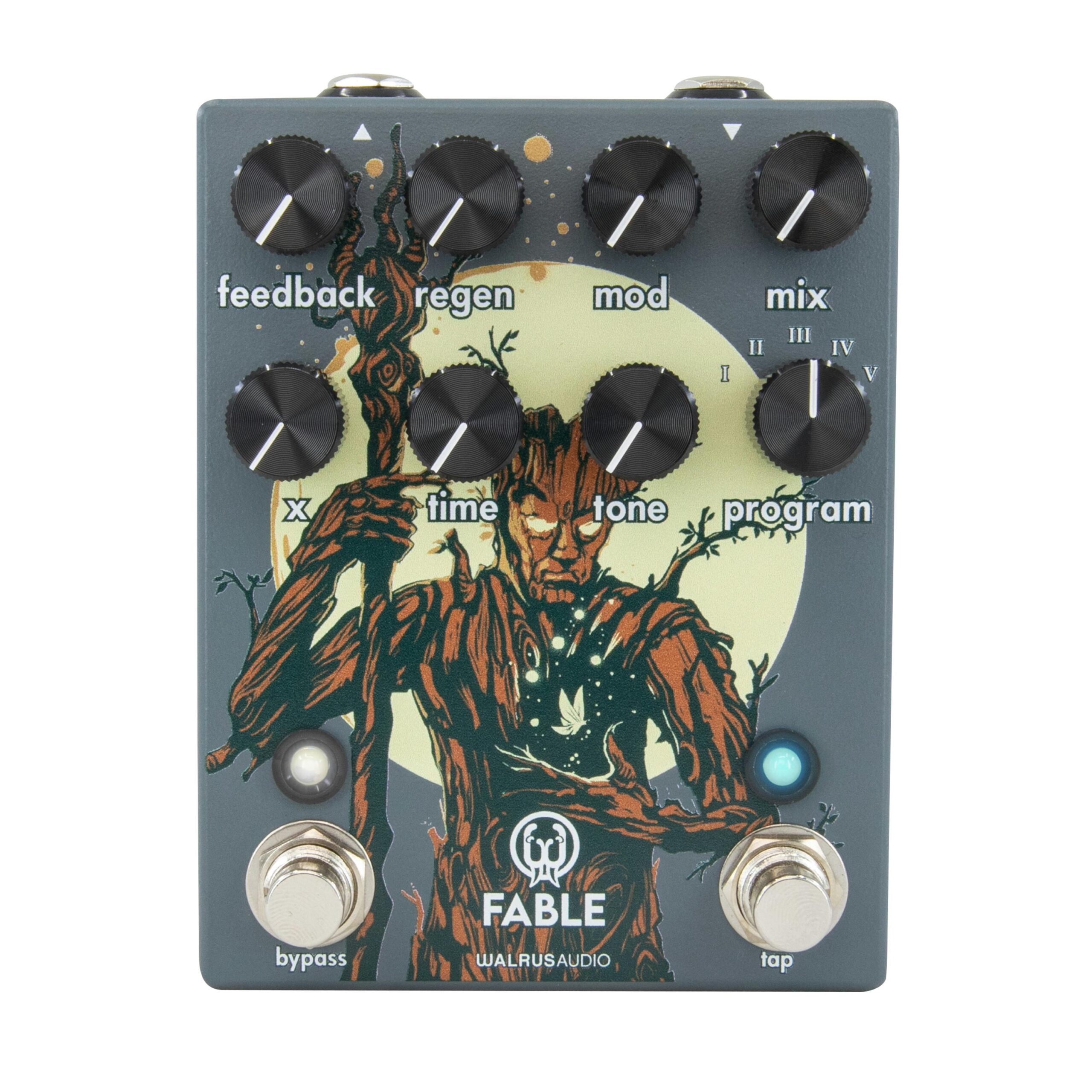
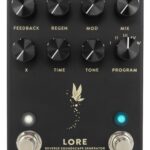
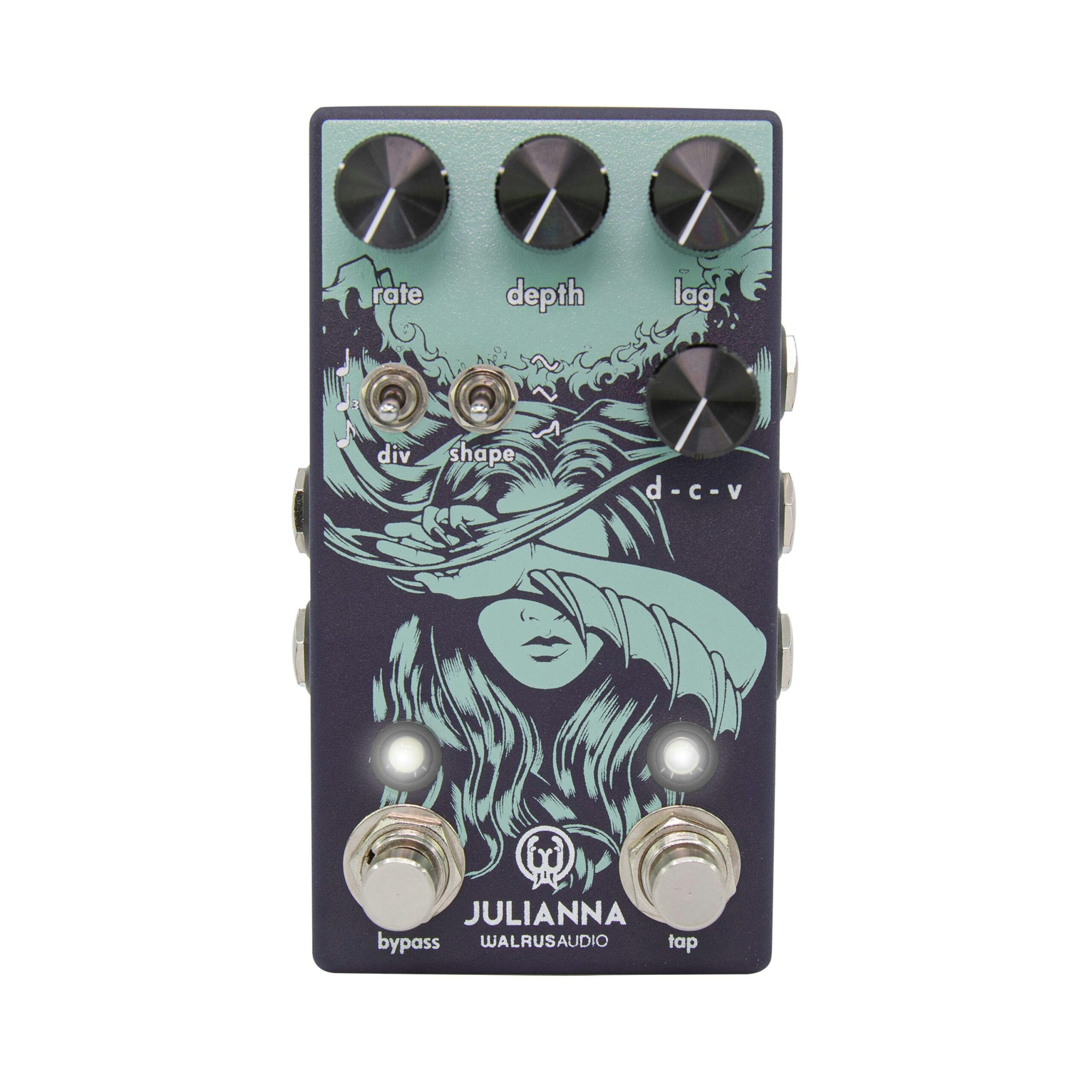
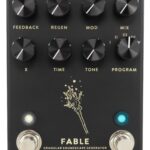

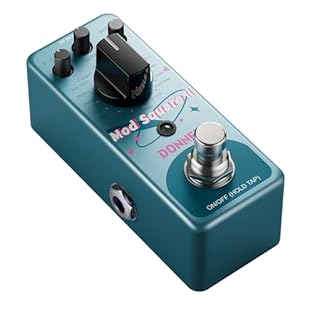
![[Phaser Pedal]:Pure analog phaser effect, warm and plimp sound. LED indicator shows the working state. [2 Working Modes]: Vintage-perfect reproduction of the classic psychedelic phase-shifting effect of 1974. Modern-a deeper, modern full-scale effect...](https://m.media-amazon.com/images/I/31JMz-J8JJS._SL313_.jpg)
